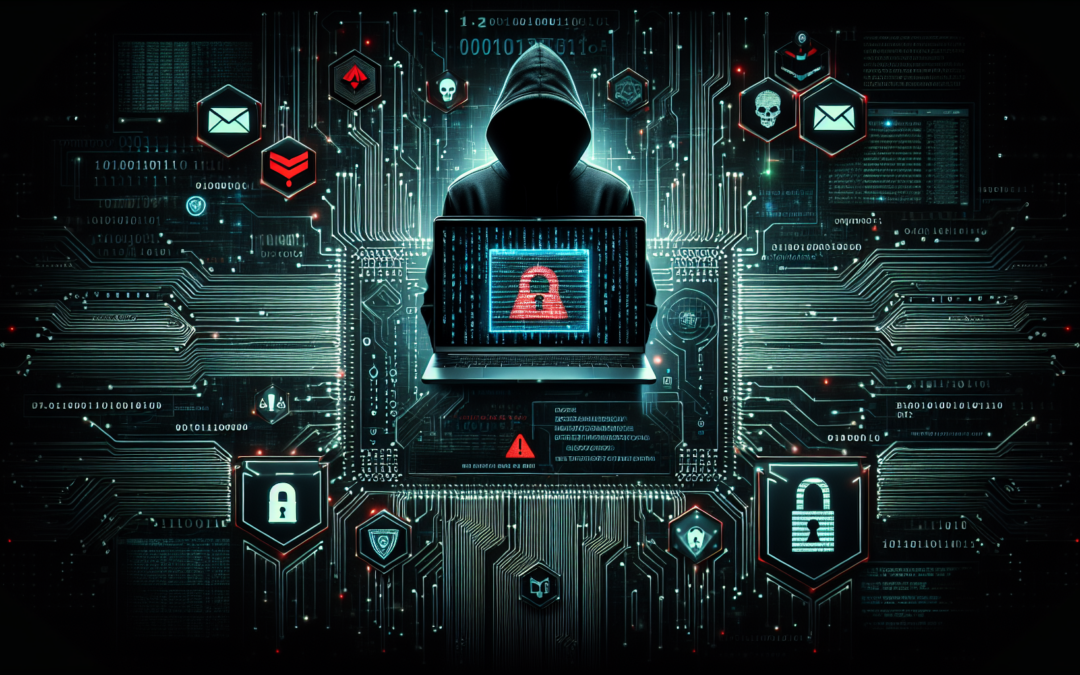Introduction to New Phishing Threats in Ukraine
In the constantly evolving landscape of cybersecurity, vigilance is the key. Recently, Ukraine has sounded the alarm on a new phishing threat targeting their government IT systems. Phishing attacks are malicious attempts to acquire sensitive information such as usernames, passwords, and financial details by impersonating a trustworthy entity through digital communication.
Understanding the Phishing Landscape
Phishing has long been a favored tool for cybercriminals. However, the sophistication and frequency of these attacks are on the rise. This latest threat to Ukraine is yet another reminder of the importance of strengthening our cybersecurity defenses. According to recent reports, the attackers are using sophisticated techniques to breach government IT systems, including social engineering and advanced malware delivery methods.
The Mechanics of the Attack
Here are some key points on how these attacks are carried out:
- Social Engineering: Exploiting human psychology to trick victims into divulging confidential information.
- Advanced Malware: Using sophisticated malware to infiltrate systems undetected.
- Spear Phishing: Targeted attacks at specific individuals, often involving prior research to increase the chances of success.
How to Defend Against Phishing Attacks
As an IT Director and certified ITIL Practitioner, I cannot emphasize enough the importance of implementing robust security measures to guard against these threats. Here are several strategies that organizations can employ:
Employee Training and Awareness
Human error is often cited as the weakest link in cybersecurity. Regular training and awareness programs are crucial.
- Awareness Campaigns: Conduct regular phishing simulations and awareness campaigns to educate employees on recognizing suspicious emails and messages.
- Security Policies: Enforce strong security policies and ensure that employees adhere to them.
Technological Safeguards
In addition to training, technological measures play a vital role in safeguarding an organization.
- Email Filtering: Implement advanced email filtering solutions to block phishing emails before they reach the user’s inbox.
- Multi-Factor Authentication (MFA): Enforce the use of MFA to add an extra layer of security.
- Endpoint Security: Ensure that all devices connected to the network have updated antivirus and anti-malware solutions.
Incident Response and Management
An effective incident response plan is crucial for mitigating the impact of phishing attacks. This plan should include:
- Detection and Analysis: Timely detection and analysis of the attack to understand its scope and impact.
- Containment and Eradication: Implement procedures to contain the attack and eradicate the threat from the network.
- Recovery and Lessons Learned: Focus on recovering affected systems and data. Conduct a post-incident analysis to learn from the incident and improve future defenses.
The Role of Collaboration and Information Sharing
Cybersecurity is a shared responsibility, and collaboration between organizations and governments can enhance our collective defense. Sharing threat intelligence and best practices can significantly reduce the risk of successful phishing attacks.
- Information Sharing: Utilize platforms and networks dedicated to sharing critical cybersecurity information.
- Public-Private Partnerships: Foster collaboration between the private sector, government agencies, and international partners to enhance security measures.
In conclusion, the rising threat of phishing attacks, as exemplified by the recent alert from Ukraine, serves as a stark reminder of the ever-present dangers in the digital world. By adopting a multi-faceted approach that includes employee training, technological safeguards, incident response, and collaboration, organizations can bolster their defenses against these malicious attacks. Staying proactive and informed is essential in the ongoing battle against cyber threats.
